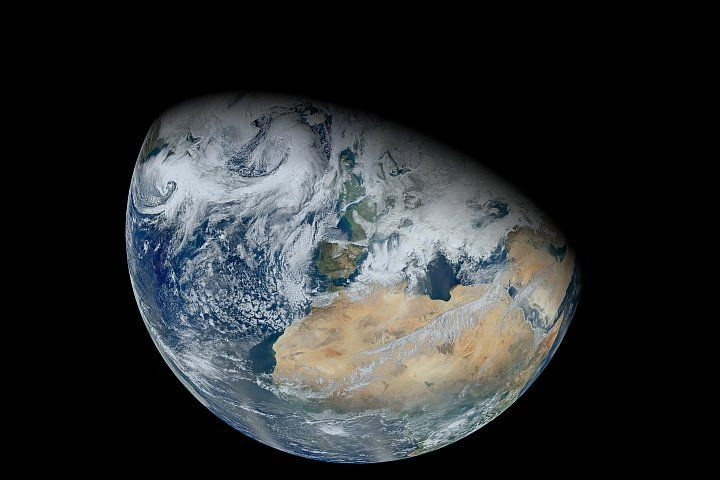Global Population To Surpass 11 Billion By 2100 Fueled By Growth In Africa

The world’s population is on track to rise to 11.2 billion people by 2100, up from 7.3 billion this year, the United Nations announced Monday. Even by 2050, the U.N. expects 9.7 billion people to inhabit the planet.
John R. Wilmoth, director of the United Nations Population Division, presented the latest population estimates at an annual meeting of demographers and statisticians in Seattle. The projections are largely in line with an estimate of 10.9 billion people by 2100 published last year in the journal Science, and previous numbers released by the U.N.
The steady rise is fueled primarily by population growth in Africa. The continent’s population will jump from 1.2 billion today to between 3.4 and 5.6 billion by 2100. Though Africa’s fertility rate has declined for a decade, it is dropping at only a quarter of the rate of decline seen in countries in Asia and Latin America during the 1970s.
Nigeria, currently Africa’s most populous country, is on track to quadruple its population from 182 million to 752 million by 2100. Even if the nation's fertility rate slows, there is still a 90 percent chance that Nigeria will more than double its current size by the end of the century.
Many developing countries with high fertility rates already struggle to contain pollution, provide basic healthcare and generate enough jobs for citizens to earn a living. Rapid population growth could further threaten quality of life and stability in these nations. Another concern: A shortage of fresh water and the world’s heavy reliance on nonrenewable resources such as oil could incite international conflicts as global demand for these resources grows.
Asia should expect to retain its title as the most populated continent well into the future, but the number of people who live there will eventually decline, dropping from a high of 5.3 billion around 2050 to 4.9 billion by 2100. Meanwhile, the U.S. will expand from 322 million people today to 450 million by 2100.
Many countries, including the U.S., will experience a drop in the ratio of workers to retirees, known as the potential support ratio, as fertility rates slow and citizens age. Japan and Italy currently have the lowest potential support ratios in the world at 2.6 and 2.1 workers for every retiree. But by 2100, the United States’ ratio may drop from 4.0 to 1.9 and the ratios in Germany, China and Mexico could be even lower –1.4.
Though population estimates are presented as a single number, there are many variables, including life expectancy and fertility rates, that could result in growth within a wide range – the U.N. projects that global population could fall anywhere between 9.5 billion and 13.3 billion by 2100.
© Copyright IBTimes 2024. All rights reserved.





















